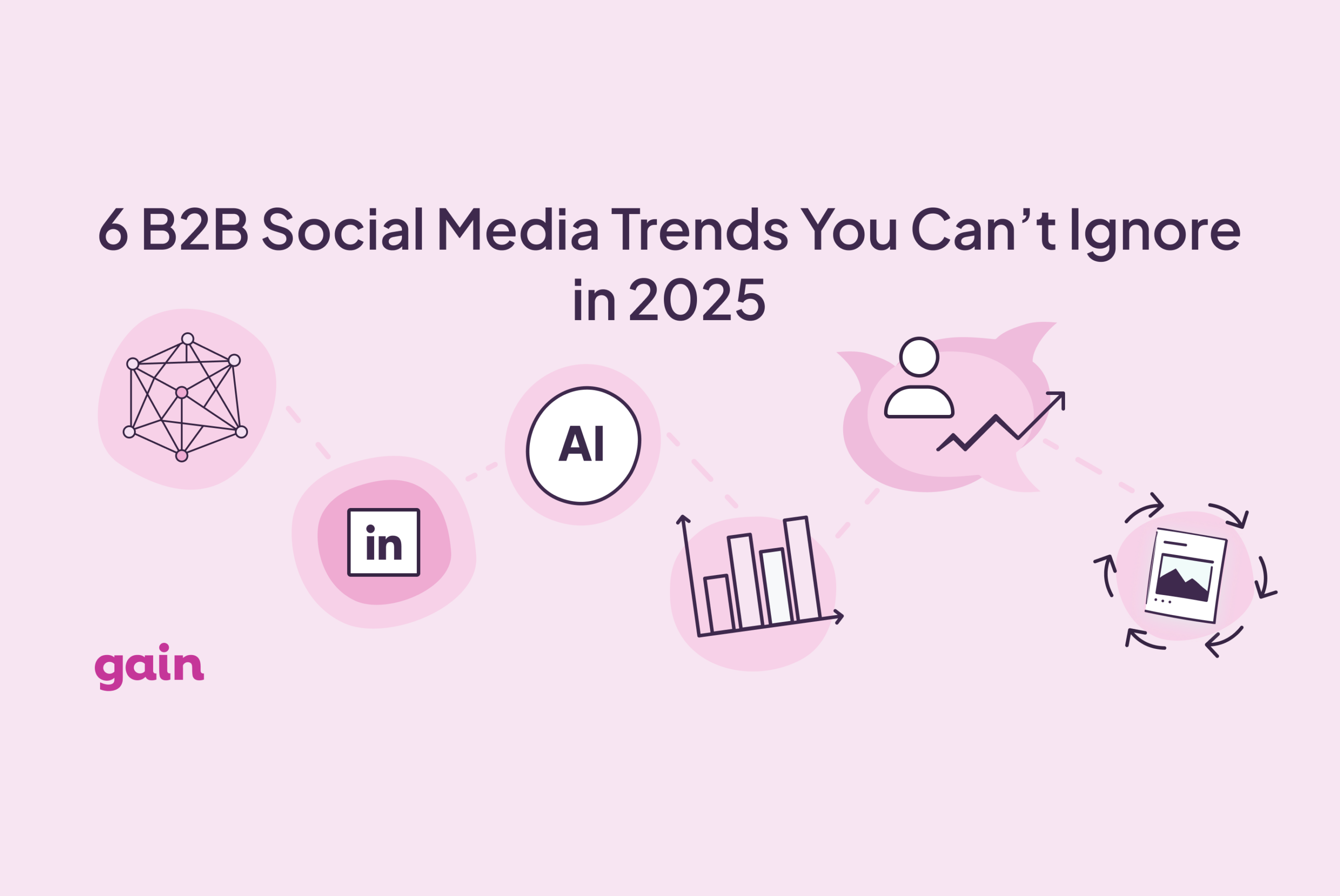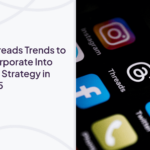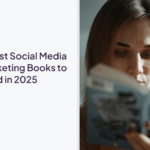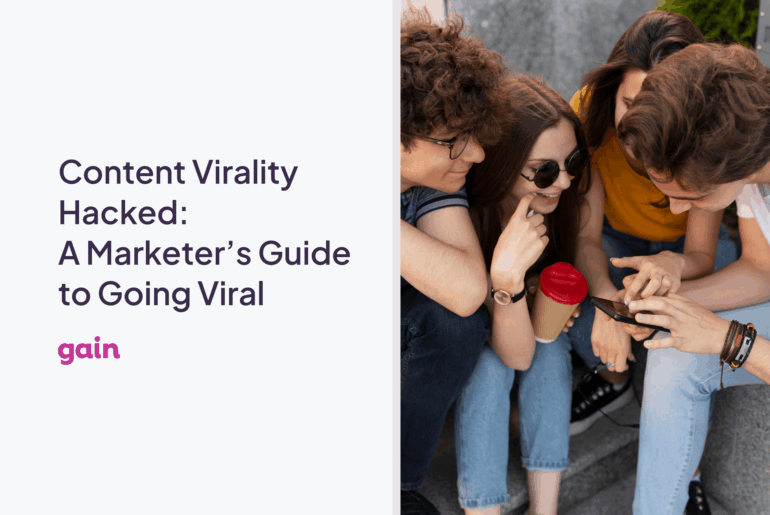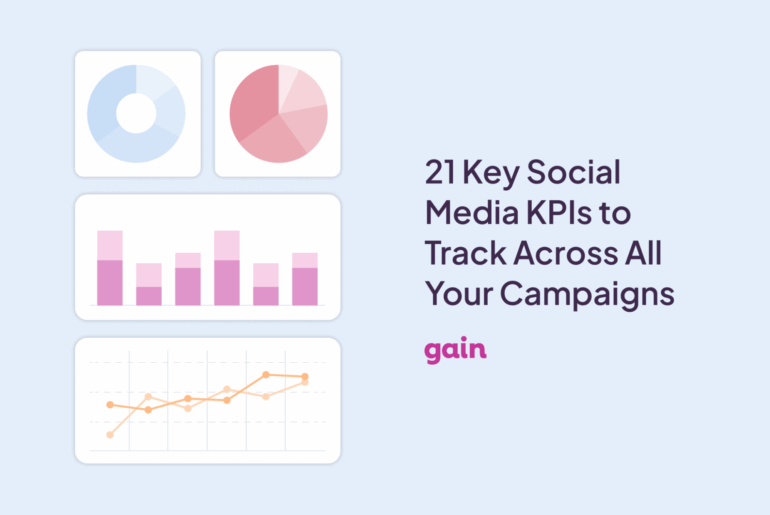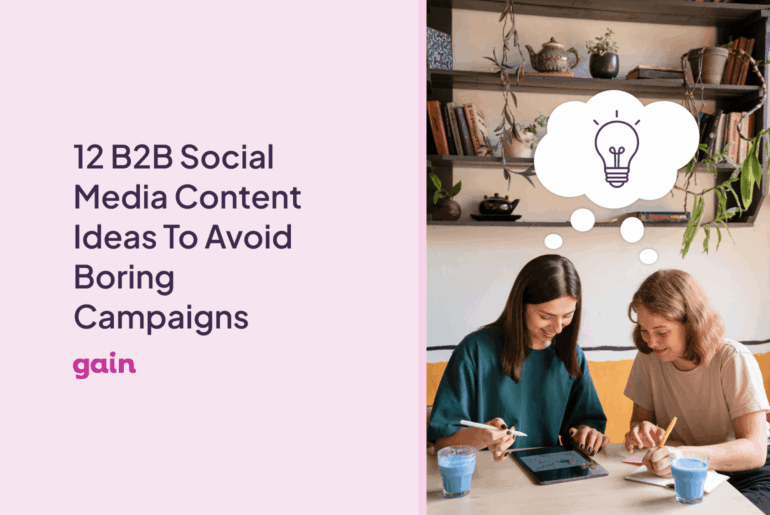Do you need help following B2B social media trends? We recommend using these 6 to create a successful strategy for your brand.
B2B marketing used to be all buttoned-up and formal—but that’s changing fast. Even the most corporate brands are starting to show more personality online.
Whether that’s a good thing or not is still up for debate, but one thing’s clear: some B2B brands are absolutely nailing it on social media. Here are six B2B social media trends worth paying attention to this year and beyond👇
B2B Social Media Trends to Get Inspired By
Trend 1: Niche Communities Over Mass Reach
It may seem counterintuitive to move away from mass appeal, but tapping into niche communities is proving very successful for B2B marketing. Using a targeted approach allows you to connect solely with your intended audience. It also allows you to make more tailored content.
Brands from every sector are using LinkedIn groups, Slack communities, and Discord servers to deepen relationships.
In these groups, you can reach people actively seeking tools, services, and best practices. You can beta-test new products, create polls, and start conversations around your brand. You can either join general groups or start creating your own.
Canva, a leading design tool, has a whole host of its own communities that you can join. These groups are intended to attract specific sets of users who can connect with each other. Not only does this provide a helpful service for their customer base, but it also allows Canva to be involved in their conversations. You can collect invaluable feedback in a setting that’s designed for sharing.
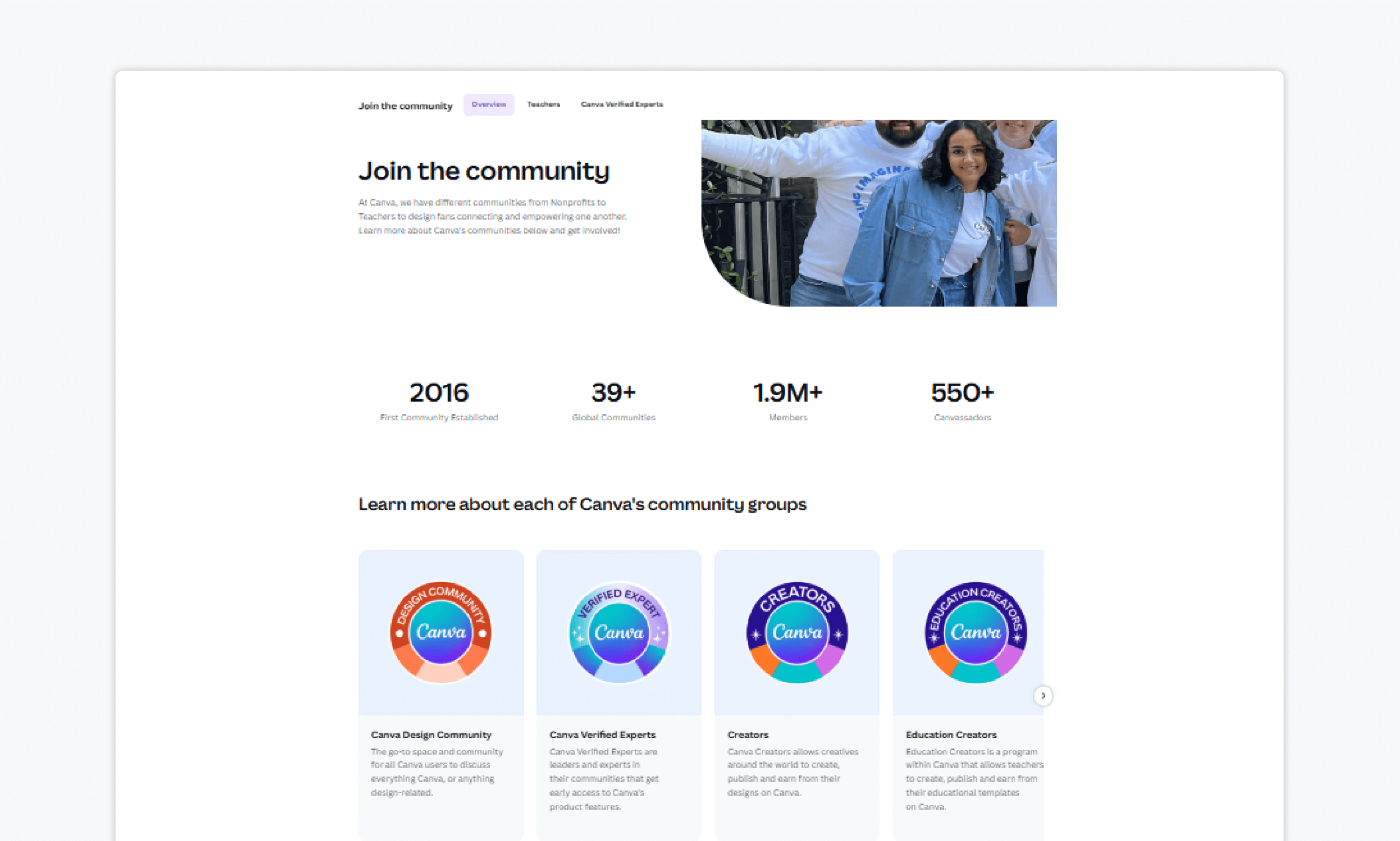
Semrush, a popular SEO tool, is also doing great work on Reddit. They have a subreddit dedicated to SEO, which is a great resource for marketing professionals who use their tool.

Trend 2: LinkedIn Is The Primary Channel for Brand Building
LinkedIn, which was created with the explicit aim of connecting businesses and professionals, remains the go-to in this area. They have a mind-boggling 1 billion members in 200 countries.
Although it started off as a place to simply post your resume, LinkedIn’s features have diversified a lot since its inception in 2002. You can now post engaging content in a variety of formats, including text, photos, videos, newsletters, and polls.
Gong, a San Francisco-based AI tool, uses LinkedIn to post photos, videos, memes, and behind-the-scenes company updates. Despite their AI roots, their profile has a distinctly human feel.
Their tone is friendly, personal, and approachable, and they show it off by using a wide variety of the features available on LinkedIn. They also post helpful advice for other companies doing B2B marketing, which builds a connection while driving traffic to their website.
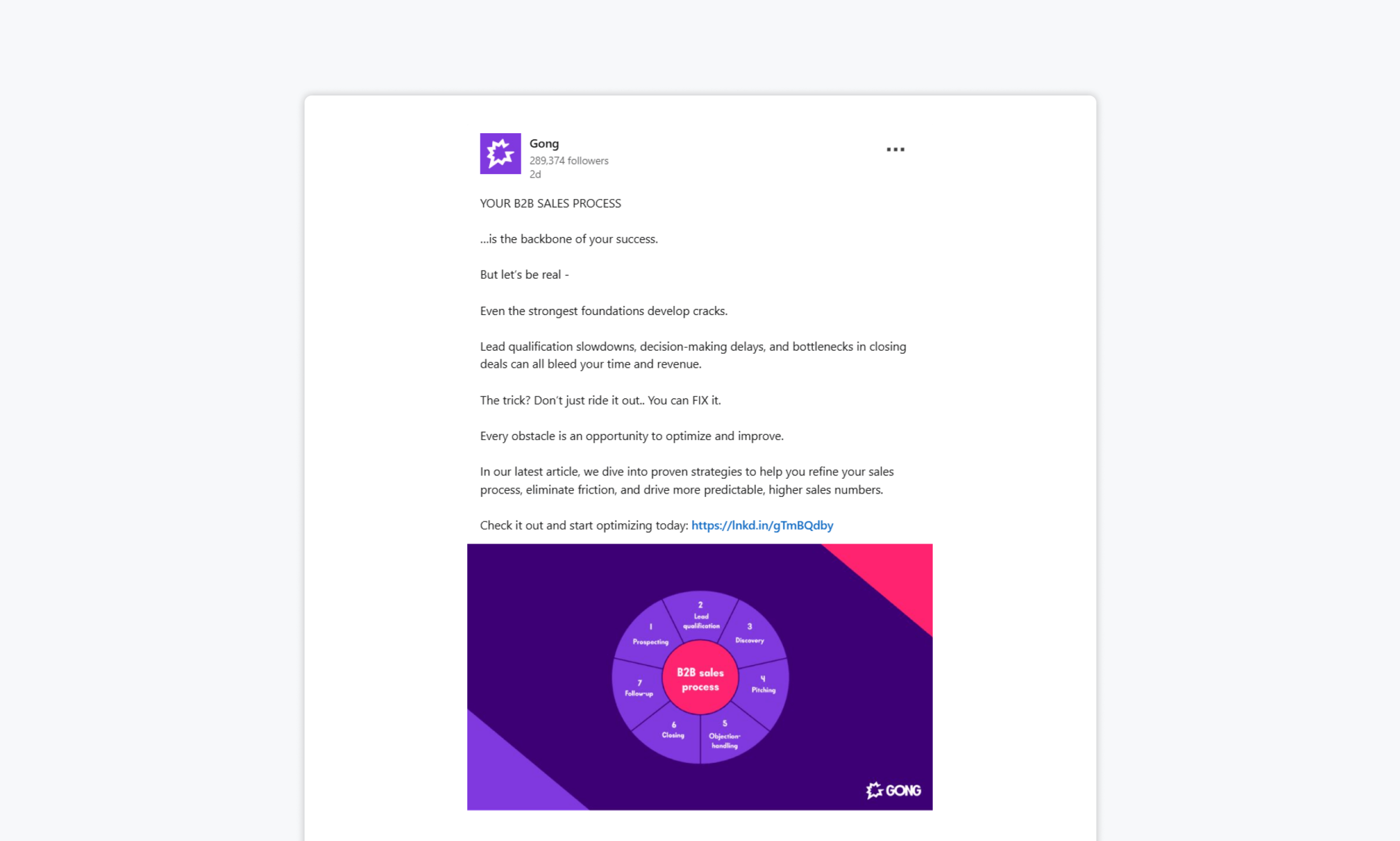
🤔 Not up to date with LinkedIn-specific trends? Check out our guide on the Top 13 LinkedIn Trends to Watch Out For.
Trend 3: B2B Brands Are Jumping on AI Content Creation
While maintaining a human element is key to your brand’s success, incorporating AI into your strategy is going to save you time and resources. AI tools allow you to create content quickly and at scale.
With the right ChatGPT prompt, you can have content planned, created, and scheduled in minutes. AI is here to stay. Using it for your B2B social media strategy will help you keep up with the rising tide.
Mailchimp used AI to create a “clustomer” for their B2B marketing. The AI-generated images and video content show a bunch of people stuck together. They created a visual representation of the hazards of a one-size-fits-all approach.
When your content isn’t tailored enough, it feels impersonal, and you lose your connection with individual customers. Mailchimp used AI to push its personalization tools in a novel way. Using AI to create fantastical images is much cheaper and faster than traditional video manipulation tactics.

Trend 4: “Edutainment” Grows as the Top Content Format
Now, the word “Edutainment” might not sound very clever, but the concept is. B2B buyers seek out helpful content (that’s where the education comes in), but like the rest of us, they find fun content more attractive and compelling. Moving forward, it’s essential to add a dash of entertainment to your social media strategy if you want to be competitive.
This concept has proven successful with B2C social media content, and B2B is headed in the same direction. “Edutainment” can come in many forms. If you make instructional videos, inject some personality and humor. If you post advice for specific pain points, add a relatable meme.
Lavender, a New York-based email AI tool, keeps its content fun and informative on its LinkedIn page. They post about their services but also mix in a healthy dose of memes. They take “Edutainment” seriously. Their co-founder participated in an event “roasting” real B2B emails. They’re humorously helping to steer marketers in the right direction by showing what not to do.
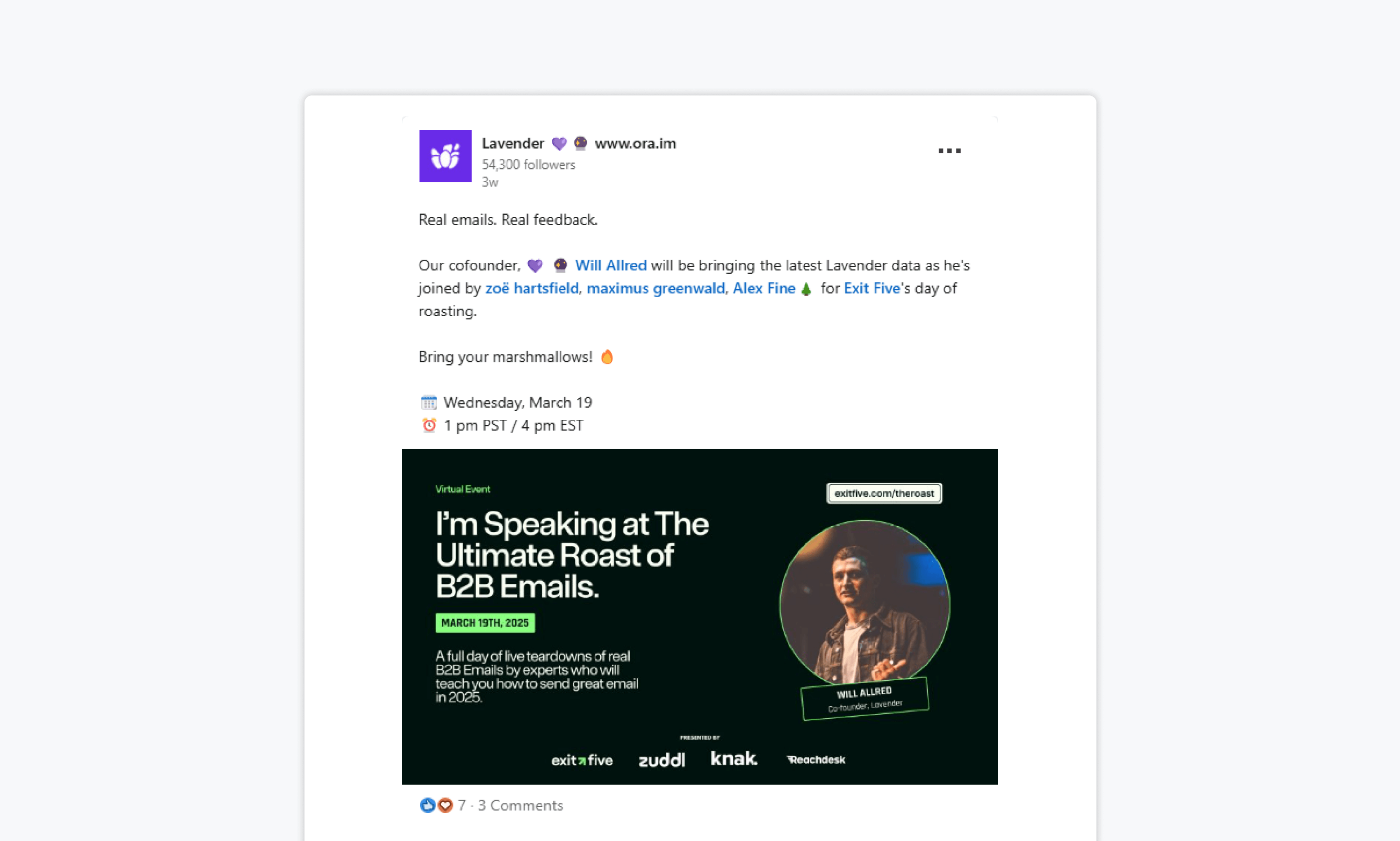
The Mailchimp marketing team are known jokesters in the industry, so it’s no surprise that they do “Edutainment” well. The email marketing service has created its own animated series called “All in a Day’s Work” about the life of a small business owner. The series is fun and relatable, and touches on the pain points of entrepreneurs in a creative way.
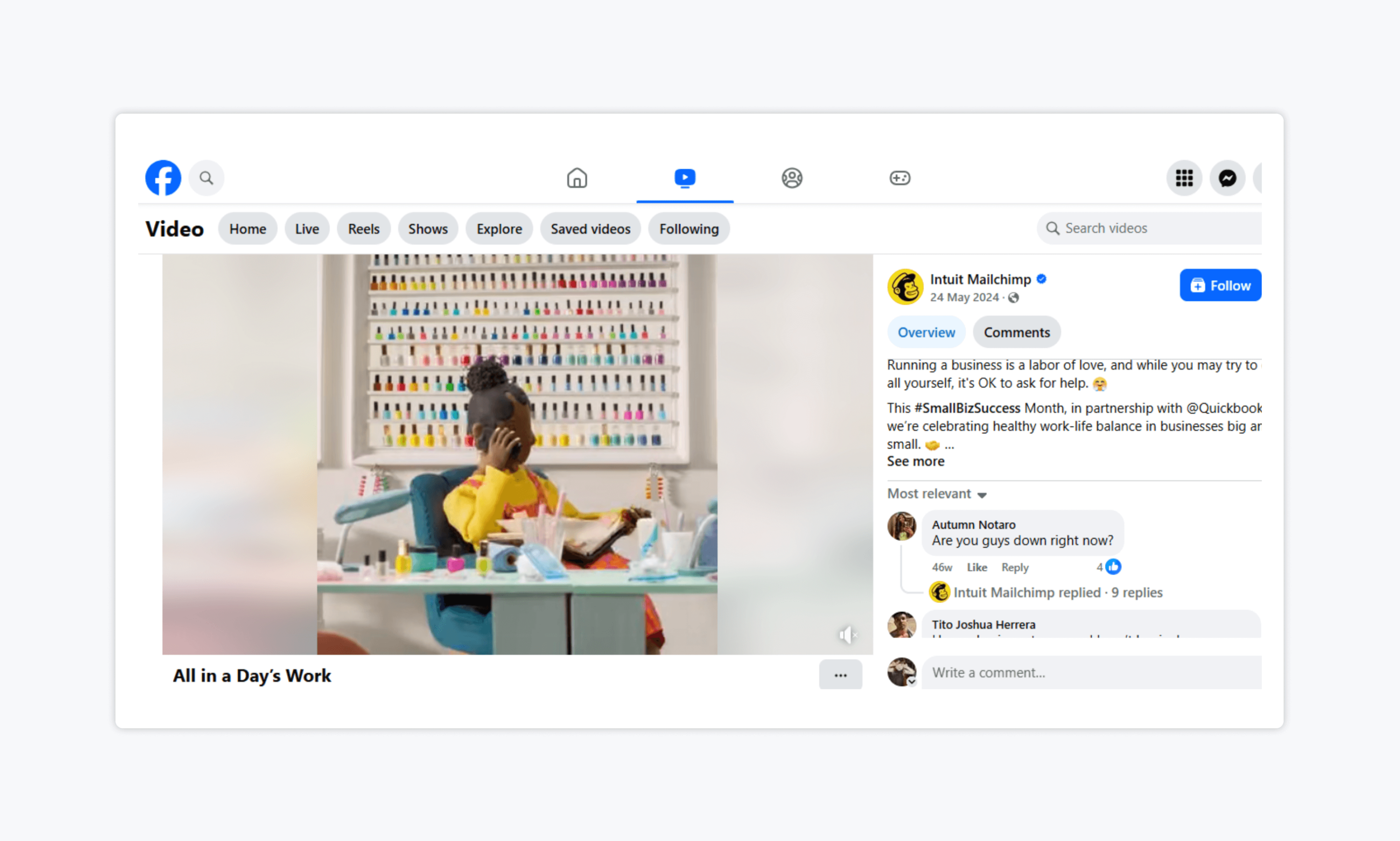
Trend 5: B2B Influencers Becoming a Thing
Influencers have been a mainstay of social media pretty much since its beginnings. B2B influencers, however, are a new trend on the horizon. Companies are partnering with carefully selected creators and industry leaders to take advantage of their existing relationships in niche communities.
These influencers have already built trust in their personal brand with your intended audience. Joining forces allows you to borrow some of their credibility.
For instance, Semrush has partnered with Sara Stella Lattanzio, a marketing strategist from Switzerland. Lattanzio is posting about Semrush and their features on her personal LinkedIn page. This enables Semrush to reach potential leads already in the marketing sphere, and their brand is endorsed by a respected industry professional.
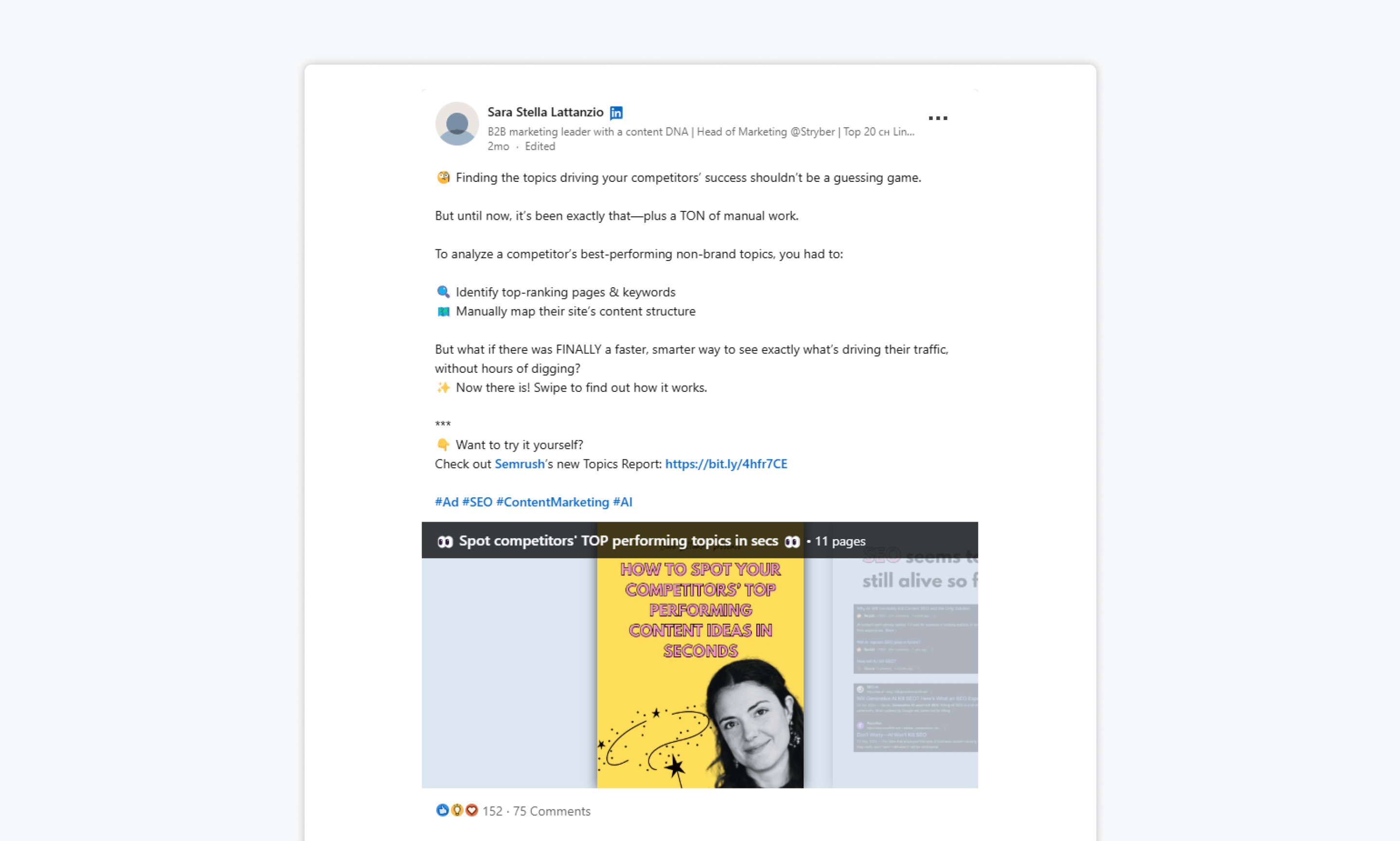
Trend 6: Repurposing Becomes a Core Strategy
The pressure is on for B2B marketing teams. With shrinking budgets and higher content quotas, content repurposing is gaining momentum.
📖 Related Read: Small Social Media Budget? Here’s How to Maximize It
Instead of creating from scratch for every platform, one core asset can be sliced and diced into Instagram carousels, TikToks, or Threads posts. Once you have created your content, you can simply tweak it to help it perform best on various platforms.
Content repurposing is one of the most efficient things you can add to your marketing strategy. It saves you time and resources, and maintains a consistent brand image across all your social media platforms.
Growclass, who focus on business education and networks, excels at repurposing its blog content into bite-sized LinkedIn carousels. For example, a blog post on how to start a podcast was transformed into a visually compelling carousel that generated engagement and drove traffic back to the original post on Growclass’s website.

FAQs
The 50/30/20 rule is a simple framework to keep your content mix balanced. It suggests sharing 50% helpful or educational content, 30% brand-building posts (like behind-the-scenes or team highlights), and 20% promotional content.
Right now, B2B audiences are looking for authentic, value-packed content that’s easy to digest. Carousels with clear, actionable tips are performing especially well—they’re quick to scroll and useful at a glance. Posts that highlight real experiences, whether it’s a team win or a challenge you’ve worked through, also stand out. And if you have a strong opinion on an industry trend? Those are great to share as well!
Final Thoughts
B2B doesn’t have to be boring! Diversity will serve you well. As will staying on top of the general social media trends. The most successful B2B brands are investing in relationships, riding the AI wave, and bringing entertainment into the mix.
If you’re daunted by the prospect of a strategy overhaul, make sure you have the right tools to help you. That’s where Gain comes in. Gain simplifies scheduling, content approvals, and content collaboration so your team can stay ahead of the curve.
Whether you’re repurposing content across platforms or coordinating posts with influencers, using a tool like Gain ensures your B2B social media workflow is seamless. Be smart and let your social media tools do the heavy lifting.
Try Gain for free today!

